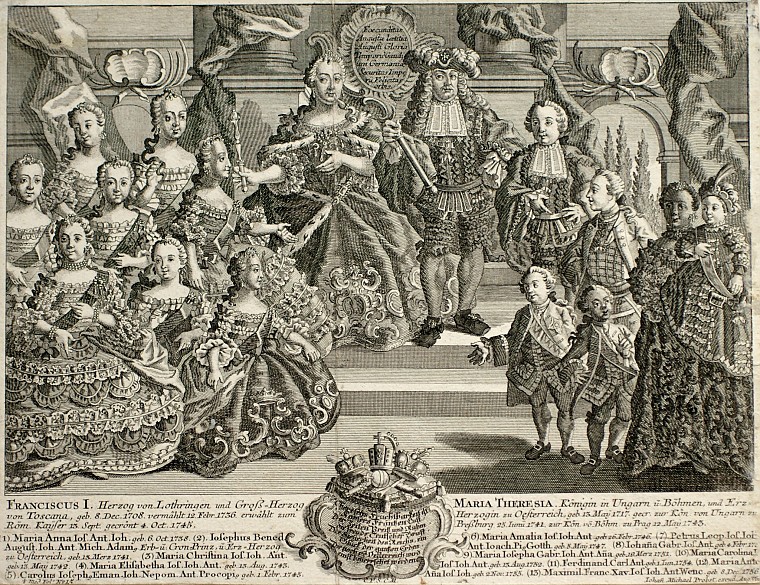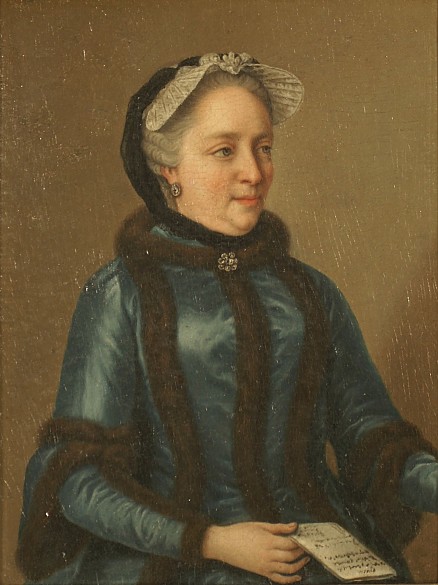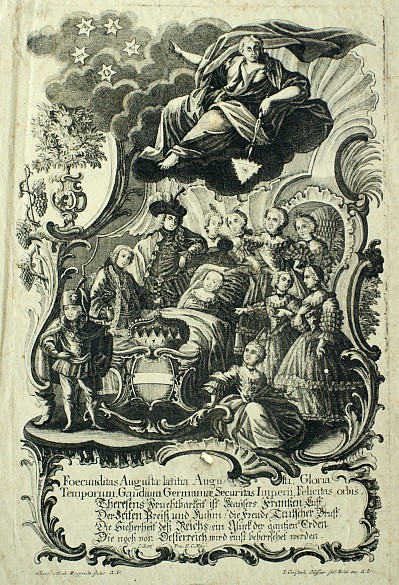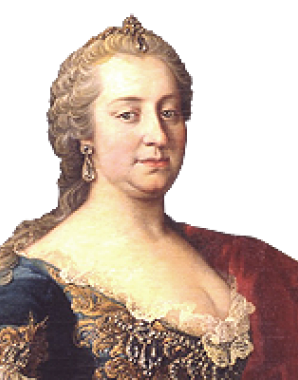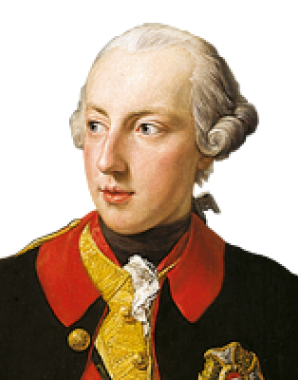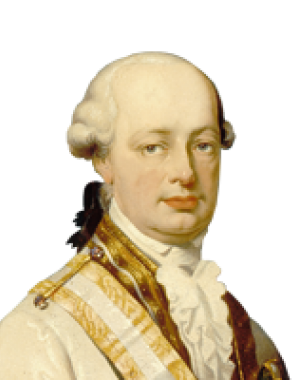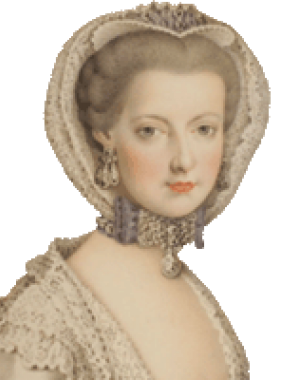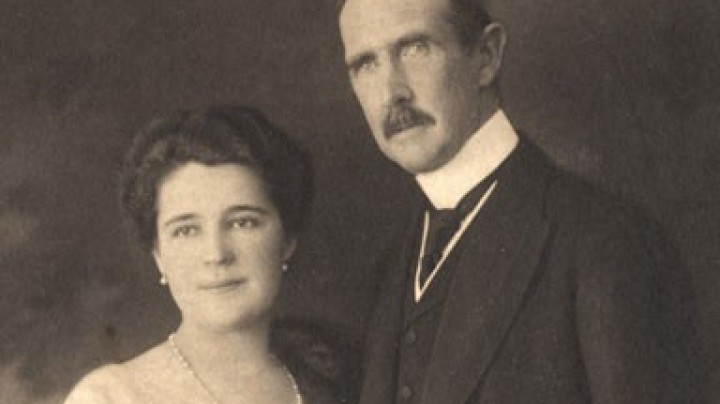Producing a dynasty
While their correspondence suggests that it was a case of true love, the marriage between Maria Theresa and Franz Stephan of Lorraine was in any case a union of considerable political significance.
Maria Theresa on the relationship between women and menWomen’s duty is resignation before God and one’s fellow human beings. The world does not dispense us from this duty. Women are always in the wrong, however their husbands may behave.
Maria Theresa after the death of her husband, in a letter to her daughter JosephaAh my dear daughter, I can offer you no consolation, so immense is our unhappiness. You lose an incomparable father and I a husband, a friend, the only object of my love. For forty-two years our hearts and feelings had only one goal, for we were brought up together. All my misfortunes for the past twenty-five years have only been bearable to me because of his support. I am so profoundly devastated that only religion – and you, my dear children – can help me to put up with this life, which I shall henceforth devote to the salvation of my soul.
The marriage between Maria Theresa and Franz Stephan is regarded as one of the few dynastic unions to have been founded on love: political considerations on the part of the dynasties of Habsburg and Lorraine were not the (only) determining factor. The two became acquainted and fell in love at an early stage when Franz Stephan was living at the court of Vienna. Whatever the truth about their courtship, the marriage concluded in 1736 was of the highest political importance: the Habsburg dynasty now became the dynasty of Habsburg-Lorraine, even though the suffix is sometimes dropped.
Maria Theresa and Franz Stephan are generally thought to have had a profound affection for one another; more specifically, it is alleged that ‘in spite of certain escapades on Franz Stephan’s part’ they had a ‘happy marriage’, the claim being supported through the graphic image of Maria Theresa wearing mourning from the point of her husband’s death onwards. One point that does not quite fit into this popular image is the fact that Franz Stephan was constantly unfaithful.
The couple’s prolific record in the production of children – sixteen in all – has led to Maria Theresa becoming an established mother-figure and fertility icon. A considerable number of them followed in their mother’s footsteps by pursuing a political career: Joseph (II) and Leopold (II) became Holy Roman Emperors, Maria Theresa’s ‘favourite daughter’ Marie Christine became Governess of the Austrian Netherlands, and the youngest daughter Maria Antonia earned tragic fame as Queen Marie Antoinette of France.
The accounts of Maria Theresa, in particular of her productivity as a mother, make use of a large number of female role models: she is turned into the ‘warm-hearted German matron’ whose principal qualities are tender loving care and a constantly peaceable character. Especially in textbooks composed for girls attending Austrian schools, she has been presented as an ideal most deserving of imitation.

